A Guide for New Outdoor Rock Climbers
Table of Contents

Right now, the sport of Rock Climbing is going through big changes. Now that climbers are winning Oscars and that Climbing will debut at the 2020 Tokyo Olympics, many people are taking to the gym to see what climbing is all about.
As the sport continues its rapid growth, outdoor climbing areas are likely to see more traffic. When indoor gym climbers feel ready to make the transition to outdoor climbing, there isn’t a whole lot of literature or mentorship to show the way.
To help gym climbers that are starting to make their way outside, and to lessen the impact on outdoor crags and bouldering areas, I’ve put together a Primer for Going from the Gym to The Crag.
Climbing outdoors for the first time can be a big transition. I only wish to help, and I want to pass on the knowledge that other experienced climbers did for me.
Disclaimer: Rock climbing, both indoors and outdoors, is an inherently dangerous activity. Nothing in this article is intended to replace your own good judgment when climbing, nor is it intended to be a safety manual upon which climbers rely. It is recommended that each climber consult with a safety instructor for proper safety techniques prior to climbing. The reader assumes all risks associated with indoor and outdoor climbing
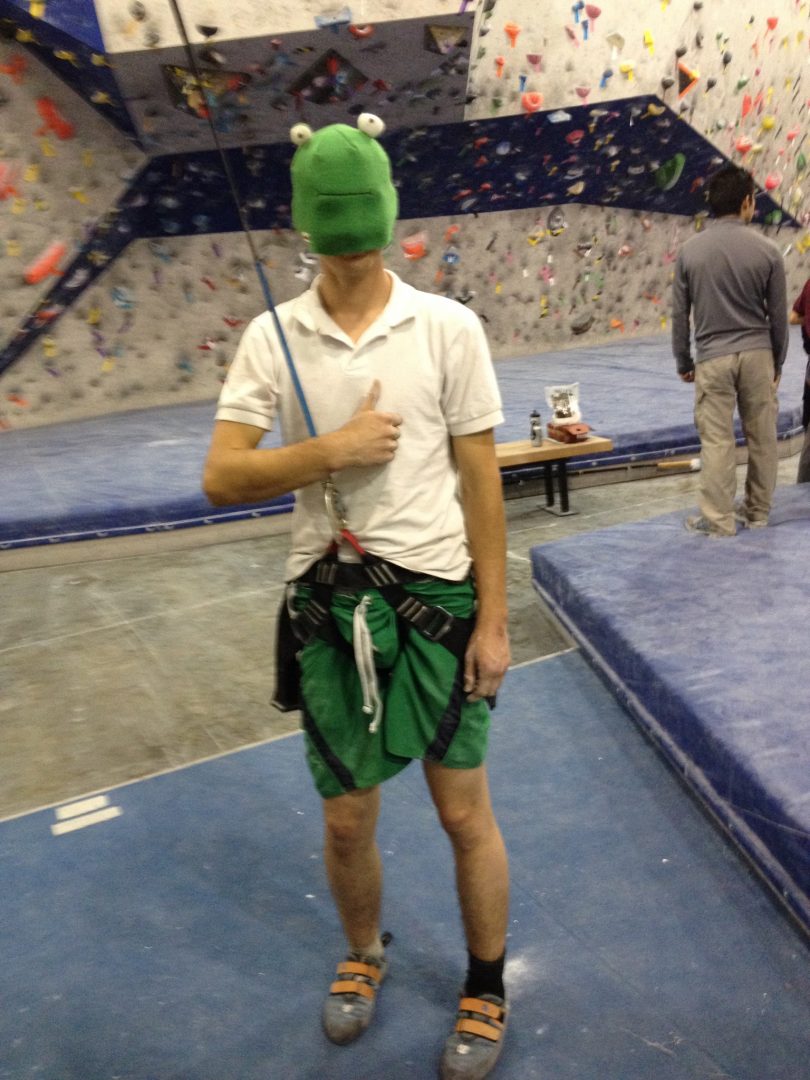
Related: Looking for Gym Climbing Gear? Have I got Gear Guides for You! Head over to The Best Indoor Climbing Shoes to treat your feet, and the 6 Best Indoor Gym Harnesses to keep you safe up on the ropes!
1. Leave the Bluetooth Speaker at Home
Music is great. The right tunes can be the perfect complement to a day out climbing.
But, I know that not everyone wants to hear the same music that I do, or even wants to listen to music at all. That is why I keep it away from the crag. I’m there to experience the outdoors, not my playlists.
If you’re the type to broadcast your music to your immediate surroundings, please refrain from doing so out at the crag. Most people come outdoors to get into nature, and all that your music is doing is detracting from that experience, and distracting other climbers.
No one wants to hear your music. Save it for the drive home.
I will kick your Bluetooth Speaker off of a cliff, so help me.
2. Double Check Your Gear
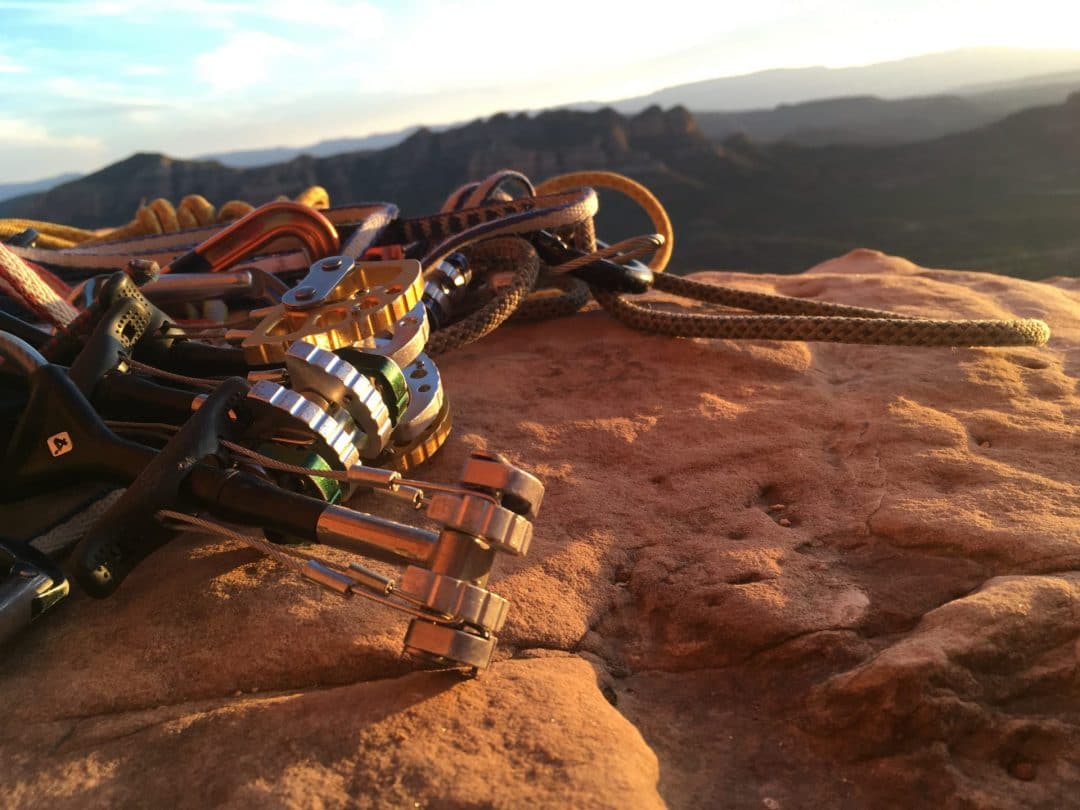
Always double check, or even triple check your gear, if you have to. Many accidents have been the result of climbers failing to thoroughly check their gear. Be sure to check over:
- Knots-Is it tied correctly? Dressed Well?
- Harness-Is it double backed? Does it fit properly?
- Helmets-Is it snug, and not obscuring your view?
- Anchors-Is your climbing anchor SERENE or ERNEST?
- Crash Pads-Will your crash pad placements adequately protect a fall?
- Hair-Is your hair tied back so that it won’t get caught in a belay device?
There will not be any roaming gym employees walking around to ensure that you’re climbing safely. Safety comes down to you.
3. Respect Climbing Closures
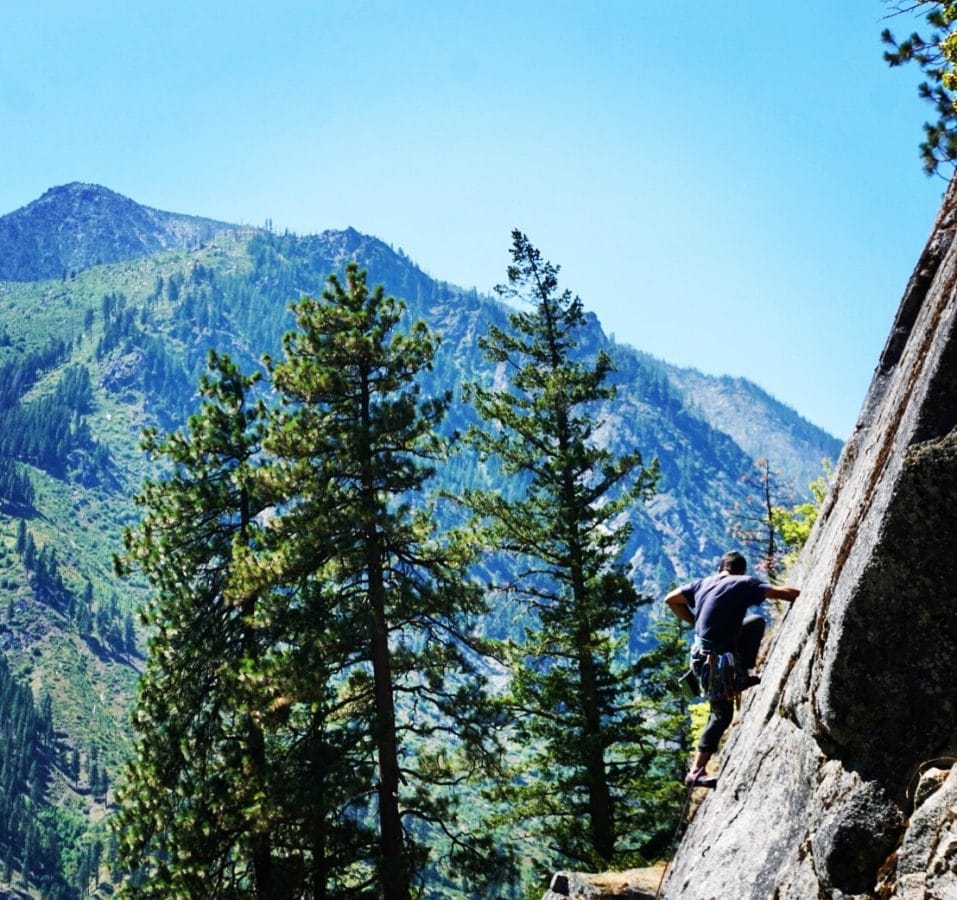
Outdoor climbing areas are subject to closures at any time. Fires, landslides, endangered species, nesting animals (I’m looking at you, Peregrine Falcon), and landowner liabilities are all perfectly valid reasons for some areas to become closed down.
It is important, as climbers, that we respect crag closures. Failing to do so can put yourself in danger, and/or at legal risk, while making a bad name for the greater rock climbing community. Temporary closures may become permanent, if it is seen that some rock climbers are abusing them.
4. Communication Outdoors is more Important
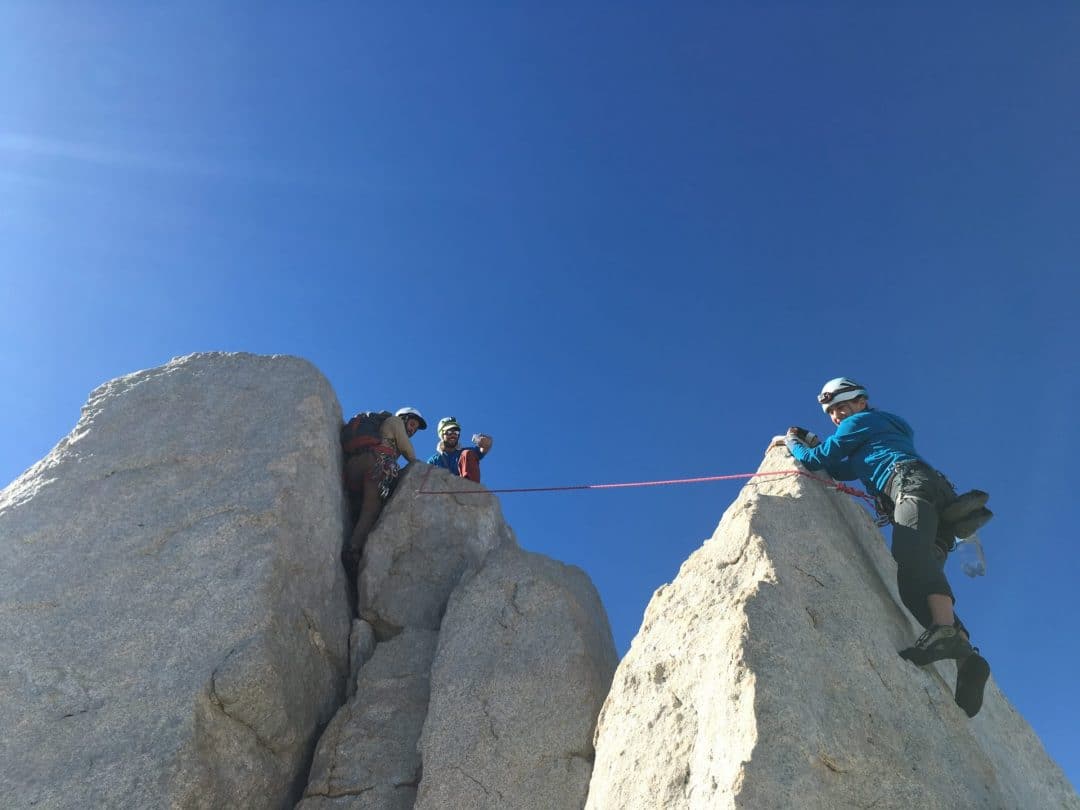
If you’ve learned the basics of lead climbing and belaying in the gym, you surely know how important communication is. At the crag, proper communication between climber and belayer is much more crucial.
Outdoors, you can’t put in earbuds and passively listen to music. Outdoor climbers need to be alert. You have to be able to hear the commands and questions of your climber, your belayer, and often other people. Here are a few practical tips:
Use Names
At a crowded, busy crag, addressing your climber or belayer by name is an important safety concern. Too often, it is easy to confuse the commands from other climbing parties as coming from your own. This dodges the potentially dangerous situation of yelling “Take!” or “Off Belay!”, causing a nearby party to mistake those commands as their own, and putting themselves at risk.
Better yet, to avoid further confusion, use code names. Say “N0Sc0per420, Take!”. Ideally, no one else will recognize your Xbox Live handle.
Yell “Rock!” For Any Falling Object
Rock fall, as I will mention, is a common risk. If you see rocks beginning to fall, or you’ve accidentally knocked some off of a route, broadcast it nice and loud by yelling “Rock!” at the top of your lungs.
Yell for any falling object, be it climbing gear, a water bottle, your phone-it doesn’t matter. All can cause grave injury, and the word “Rock!” is obtuse enough to get the point across quickly.
Road Noise, Wind, other climbers, and even the rock itself can obscure your voice, making communication more difficult. If possible, work out commands with your climbing partner before you get on the rock.
5. Your Impact Matters
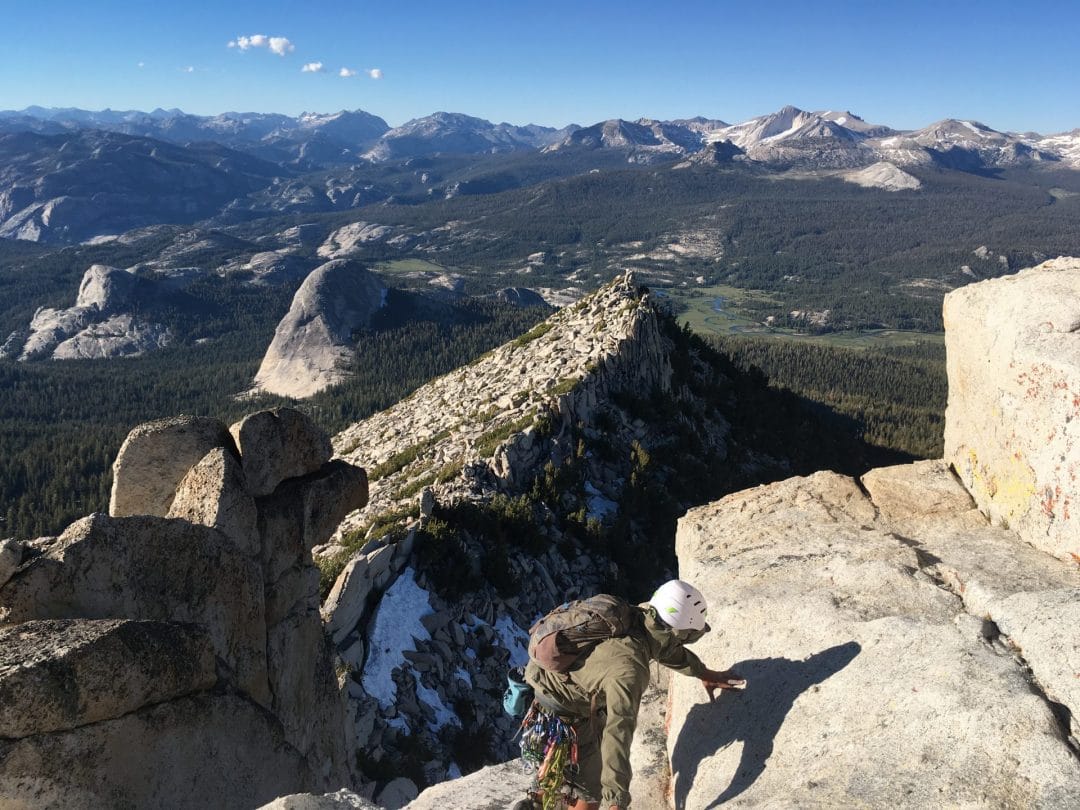
As much as us climbers like to believe that we are champions of conservation and responsibility, many of our activities can still have an impact. Typically, it is in ways that we are not always aware of.
As more people are taking to the crag, adverse impact is being wrought. Social Trails, soil erosion, and dead trees are just a few of the many ways that we impact our beloved outdoor climbing spots. Left unchecked, we risk irreparably damaging many cliffs. This sort of thing is what upsets land managers, sometimes causing crags to be closed down altogether.
By following a few best practices, you can reduce your own impact, and set a good example for other new outdoor climbers. Some common tips are:
- If you are building a top rope anchor on a tree, pad the trunk.
- Don’t create or use social trails. Follow the pre-built, designated trails.
- Don’t top rope directly through bolt hangers. The constant sawing motion of a rope wears them out quickly. Instead, use your own quickdraws or carabiners.
- Carpool to the crag. The less vehicles crowd the parking lot, the less impact is created.
- If camping, try not to set up your camp right next to, or on top of a cliff. Camp further away in a designated campground, if possible.
- If you find any loose, rusted, or spinning bolts, let someone know! Local Crag Stewards will replace them (eventually)(maybe).
These are just a few of the ways that you can keep your impact low, while still having a good day climbing outdoors. There are many more ways, and can vary by location.
The most important thing is that you are Mindful of Your Own Impact.
6. The Holds Aren’t Marked

The first few times that I climbed outdoors, I needed to get used to finding the holds. Unlike a climbing gym,outdoor holds aren’t always so obvious. Sometimes, you need to take a second to find the holds. Other times, what looks like a usable feature actually isn’t.
If it is a popular route, many of the holds will be signaled by chalk and climbing shoe rubber markings. But, the rock isn’t going to be all colorful and loud (if it is, you’re probably climbing at Stoney Point.)
Outdoor route finding often takes a little more planning and thought.
Related: The Best Indoor Climbing Shoes
7. Be a Responsible Crag Dog Owner
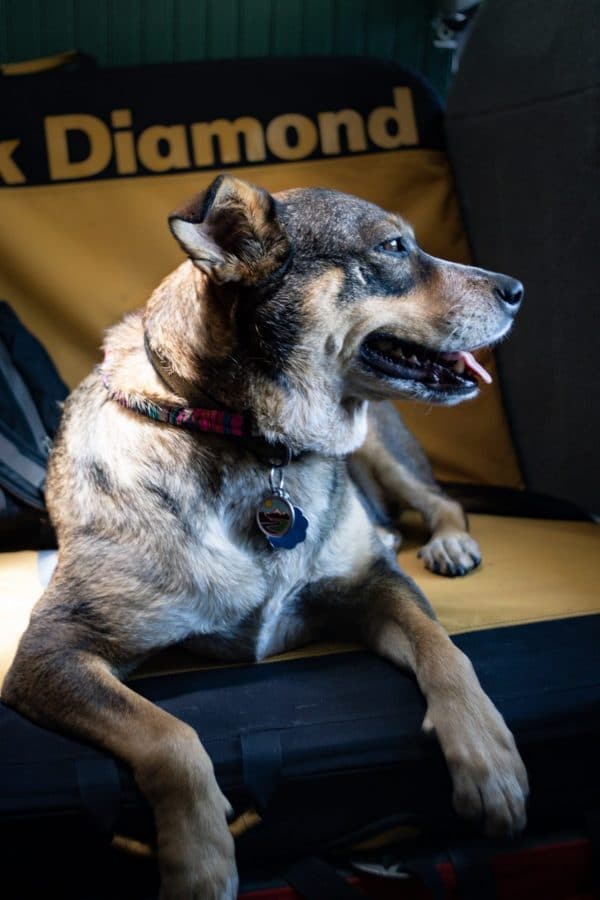
Crag Dogs-love em’ or hate em’, doggos are a common sight at many crags. Many climbers love to bring their dogs along when they climb. Furry companions are there for moral support, friendship, or as some sort of emotional support animal for when climbers get shot down on their project (again).
As much as climbers love dogs, their frequent presence has drummed up some controversy. A lot of folks don’t appreciate pets at the crag. As friendly as most dogs are, they are not the most considerate type.
Dogs don’t pick up their own waste, and have been known to Pee on Everything. Sometimes, overly friendly crag dogs might try to distract a belayer, or they might disturb local wildlife. I’ve witnessed crag dogs picking fights with other crag dogs, forcing nearby climbers to put themselves at risk by trying to break up the scuffle.
Giving dogs the benefit of the doubt, they are just dogs. They don’t know any better. A well behaved Crag Dog rests on the owner. If you have enough food and water, a leash for restraining your pup, and are prepared to pick up your dog’s poop, then bring your dog along shouldn’t be an issue.
If, however, you let your animal run wild and free to wreak havoc, then you should reconsider your responsibilities as a pet owner. For more information about Crag Dogs, check out this useful article from the Access Fund.
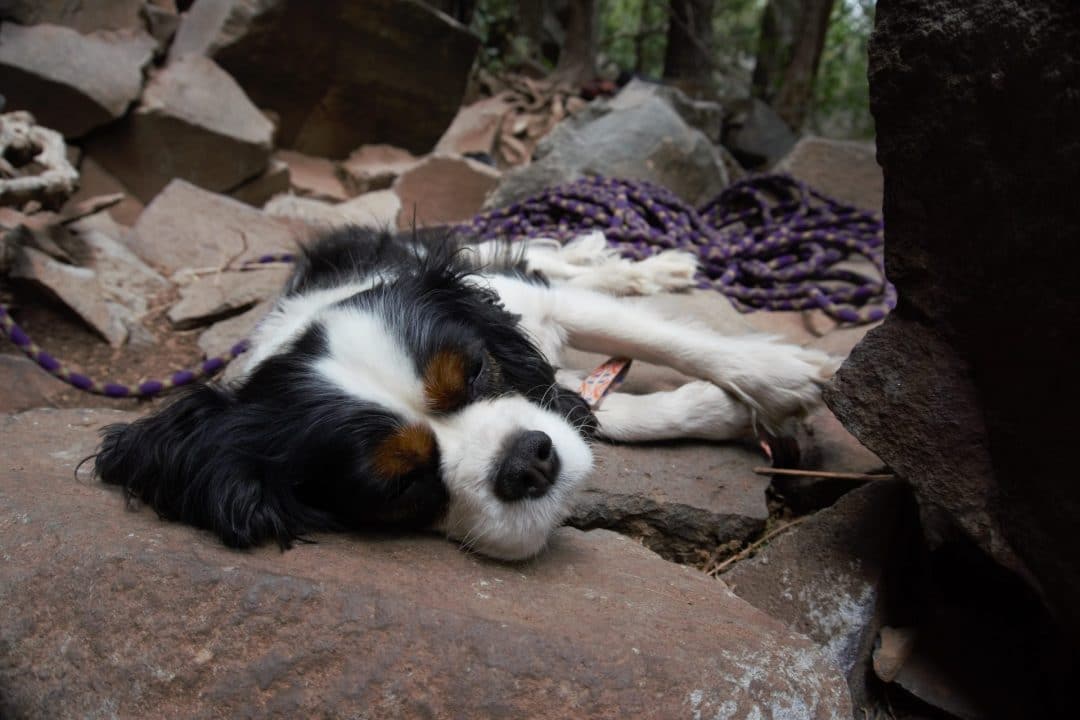
8. All of the Grades are Harder
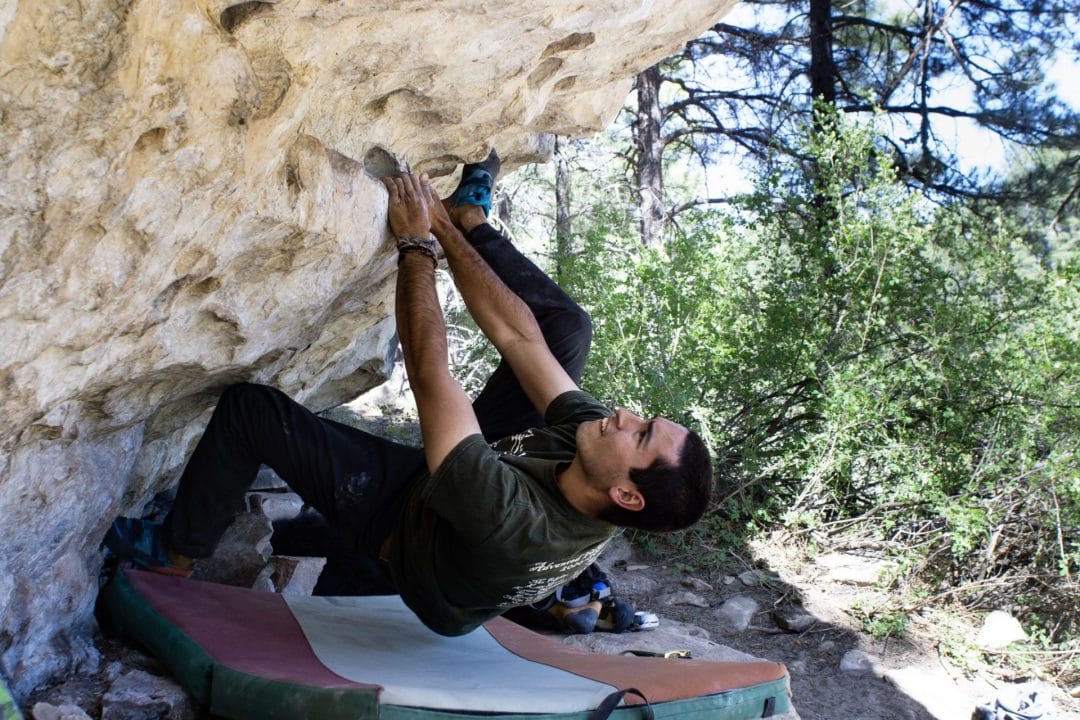
The first, and hardest pill to swallow when climbing outside is that all of the outdoor climbing grades are harder than their indoor equivalents, sometimes by a wide margin. It’s common for solid, indoor V5 boulderers to get shot down on outdoor V1 problems.
It can be a humbling experience. All of the hard work in the climbing gym feels useless outside. Don’t get discouraged-outdoor and indoor climbing styles rarely match up. It’s very difficult to set a route that mimics outdoor climbing.
Keep at it. You’ll get used to it. Pretty soon, your outdoor climbing skill will match up with your indoor strengths.
9. Taking Your Shirt off Outdoors is Slightly more Socially Acceptable

We all know that guy. If you are a dyed-in-the-wool gym climber, you might actually be that guy (or gal). To them, climbing shirtless is mandatory. I don’t quite understand the appeal, but my more cynical side tells me that it’s just to show off well toned torso musculature. Or, to be fair, avoid having to wear a sweaty, smelly t-shirt around.
No matter the reason, shirtless climbing gets mixed reception. Some people don’t mind, and others (like me) find it distasteful. I’m not gonna tell you how to climb, though.
But, if you are new to outdoor climbing, I think being shirtless is more acceptable. The outdoors is a place where people can be a little more mellow. So long as you know a thing or two about sun protection, go ahead and get rid of that shirt. It will only weigh you down.
10. Know the Hazards
The great outdoors can be full of unexpected hazards. It can get a little unpredictable out there, and rock climbing comes with it’s own unique set of tripfalls. When you hang out around tall cliffs long enough, you’ll run into one of these sooner or later:
Rock Fall-Wear A Helmet!
One of the most common, and dangerous outdoor rock climbing hazards is rock fall. Cliffs are always shedding loose rock. As the cliff side naturally weathers, cracks, fissures, and weaknesses form, resulting in unpredictable rock fall.
I can think of at least one time where a falling rock could have killed me-and on my second time climbing outside, no less! A stray, football sized boulder was knocked off the top of a cliff by another party’s dog (see my point about crag dogs). If someone hadn’t yelled “Rock!”, my climbing days might have been cut short.
The best tip that I can give to help deal with rock fall is to Wear A Helmet! Helmets save lives, and rock climbing helmets are specifically designed to absorb the impact from falling objects. Said falling objects do not just include rocks, but also quickdraws, cams, ropes, or anything that might be dropped by a rock climber.
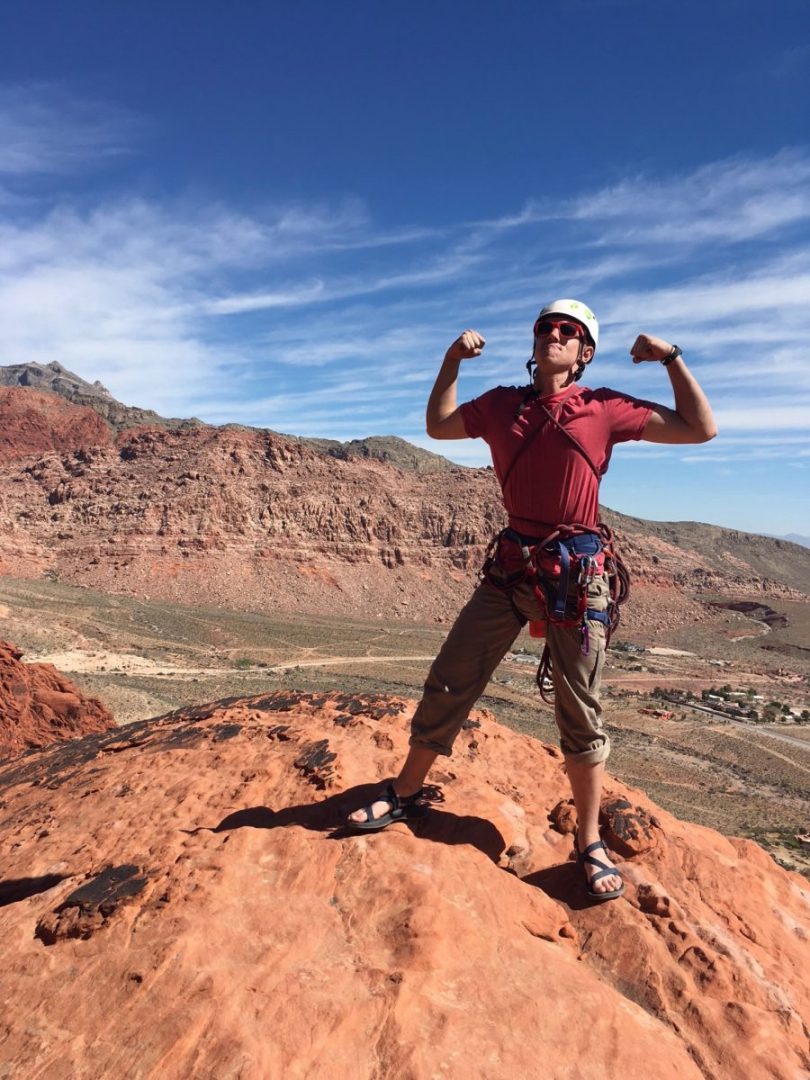
Wildlife
Crags are crawling with critters. Many animals, big and small, make their homes near cliffsides and boulder piles. More often than not, these animals are of the bitey, scratchy, and blood sucking varieties.
All I ask is that you Respect Wildlife! The animals and plants were here long before we started drilling bolts and throwing pads down onto their burrows. They don’t need to be messed with, and may respond with physical aggression if they feel threatened.
A good rule of thumb: Take a closer look at the rock before you go shoving your fists in cracks. Wherever bats, snakes, and spiders are living, your hands do not need to be.
Remoteness
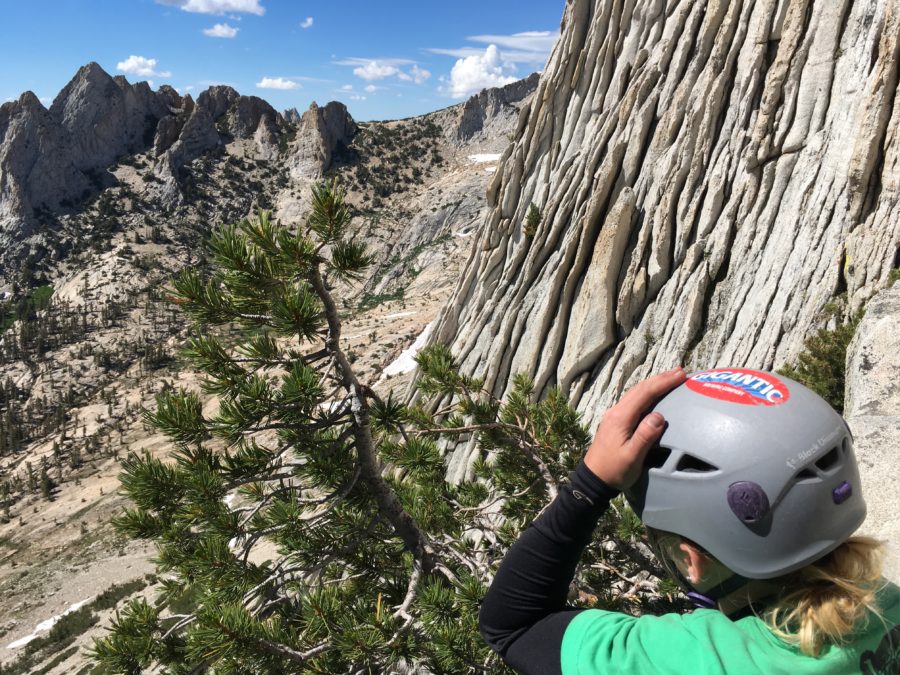
Many of the best climbing areas are located further away from the road, often requiring several miles of hiking to be accessed. Most climbers will appreciate the solitude that these cliffs offer. The adventurous feeling of climbing a big rock in the back country is what motivates many to get outside.
Remote climbing brings its own challenges. For one, help is further away. In the event of an accident, Search and Rescue may not be able to reach you for hours. You could be stuck out there for a long time, immobilized, in pain, and (god help you) very bored.
This is why I highly recommend Wilderness Medicine Training. Wilderness Medicine courses teach you the basic skills to deal with injury and illness in the backcountry. Courses can range from a basic First Aid course, all the way up to an intensive Wilderness EMT course. Heck, wilderness medicine training is a good idea, even if you just like taking the occasional walk in the woods.
11. Contribute to Your Local Climbing Community
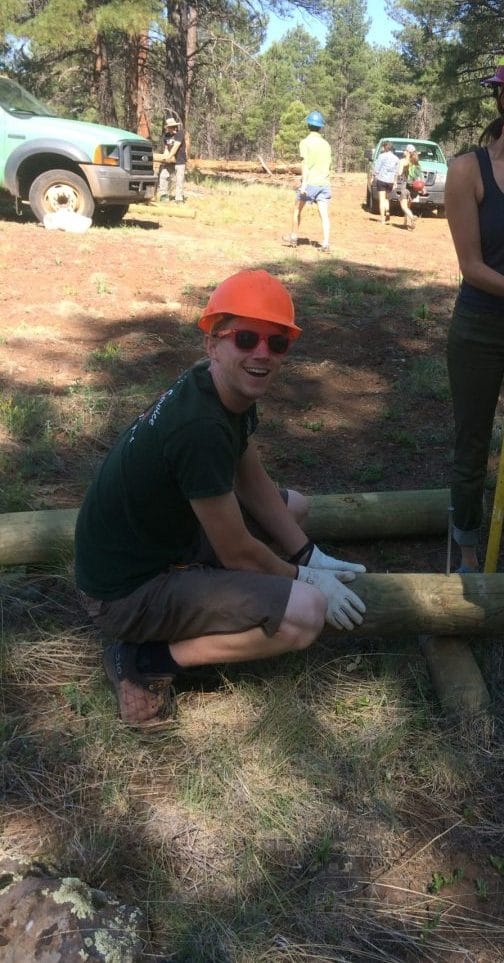
A lot of unpaid volunteer work goes into keeping crags maintained. Acts frequently taken for granted, like building access trails, removing graffiti, or replacing bolts, takes time and hard work.
Volunteers are rarely compensated, even when spending their own money. Crag maintenance is something done out of a sense of duty, and love for the greater climbing community.
Contributing to your local community starts with you. Do your part by cleaning up your own waste, not hiking off trail, and being respectful of other climbers.
Later, if you’re not scared off by outdoor rock climbing, consider helping to support your local climbing scene with your own volunteer work. Many climber groups organize clean up events.
The Yosemite Facelift, held every Fall in Yosemite Valley removes literal tons of garbage from ‘The Valley’. The Facelift might be the most prolific example of one such cleanup effort, but similar events are held on a much more local scale all over the United States. Cleanups are not only a great way to help out, but also to meet more people in your community!
Also, consider donating to a local climbing fund. Local climbing groups need money to replace bolts, fix trails, and mend fences. Every little bit helps.
12. Never, ever chip holds.
Under no Circumstances Should You Ever Modify Outdoor Climbing Holds. This point should really be common sense, but too many climbers choose to ignore it, and has thus caused a lot of controversy in the climbing community.
Some rock climbers see fit to treat an outdoor, all natural cliffside like a climbing gym. If they see a rock they can’t climb, they hammer, chip, drill, and saw at it until they can. Not only is it a cheap tactic, but it threatens crag access for all climbers that actually try to respect their cliffs.
In short, don’t do it. Climb on natural holds, as your deity of choice intended.
13. Try Not To Yardsale

Climbing is a sport that sometimes calls for a lot of stuff-ropes, cams, quickdraws etc. But where are you gonna put all that stuff? Well, if you’re not climbing Everest, and haven’t paid some Sherpas to haul it around for you, then it’s probably just going to end up on the ground.
Keep it neat. Don’t “Yardsale” your gear. Yardsaling is a good way to get your gear stolen, or get it mixed up with others, while creating a tripping hazard.
Other climbers will not appreciate having to tip toe and weave through your stuff. Keep your climbing gear stowed neatly in a bag, out of the way of any pathways.
14. Watch the Weather
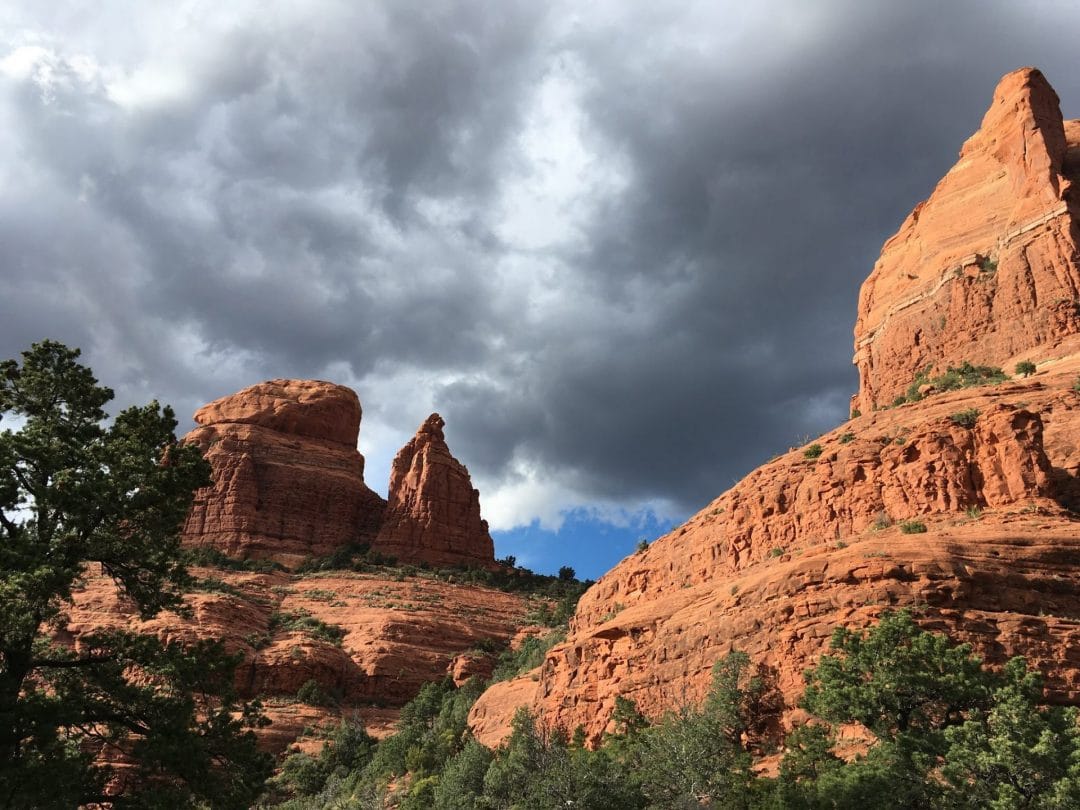
The Weather does weird things in the mountains. Anywhere with big elevation change is gonna make the skies go silly. A good outdoor climber will be prepared for any weather eventuality.
No matter the time of year, or where you are climbing, it is a smart move to have an extra layer or rain shell packed along. I can’t tell you how many times a pleasant, bluebird day has turned to a cold, wet thunderstorm. Other times, a constant wind picks up, making me wish that I had another layer to throw on.
It took a few bad weather spells before I finally learned to bring along some extra weather protection. It doesn’t take a lot-a small, lightweight sweater can go far, and will fold up nice and tiny in your backpack. Some rain jackets are even designed to be safely clipped to your harness.
Preparing for the weather will make you a happier, safer climber. After all, dealing with the challenges is part of the fun.
Climbing Outside-TL;DR
By paying attention to the tips and best practices that I’ve outlined here, your first outdoor experience will be fun, rewarding, and safe. Here’s a few points to remember:
- Don’t be a jerk.
- Respect Wildlife
- Respect The Land.
- Pick Up After Yourself
I hope that I’ve been able to curtail some of the fears or questions that you have for transitioning outside. Have something to add? Leave it in the comments! I will do my best to reply.
Thanks for Reading!
More Stuff About Responsible Climbing
The Seven Leave No Trace Principles. The seven LNT guidelines lay the basic groundwork for respecting the great outdoors.
The Climber’s Pact from the Access Fund.
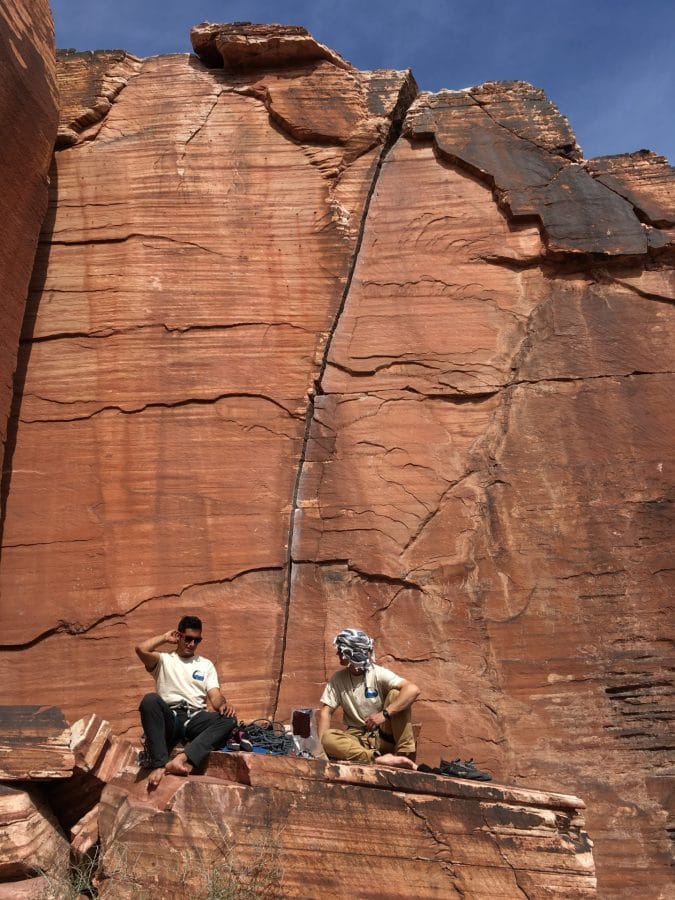
- The Best Campsites Around Big Bear California - February 26, 2021
- Hiking to the Hollywood Sign Via the Brush Canyon Trail - July 13, 2020
- Dirt Cheap Hiking and Backpacking Gear: The Most Affordable Gear on the Internet - July 4, 2020
